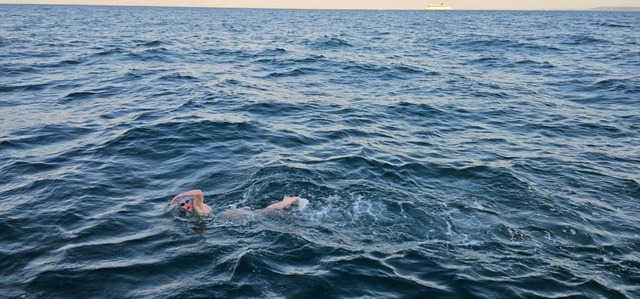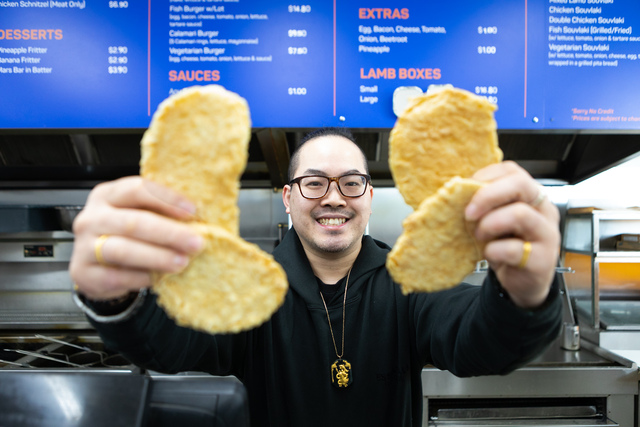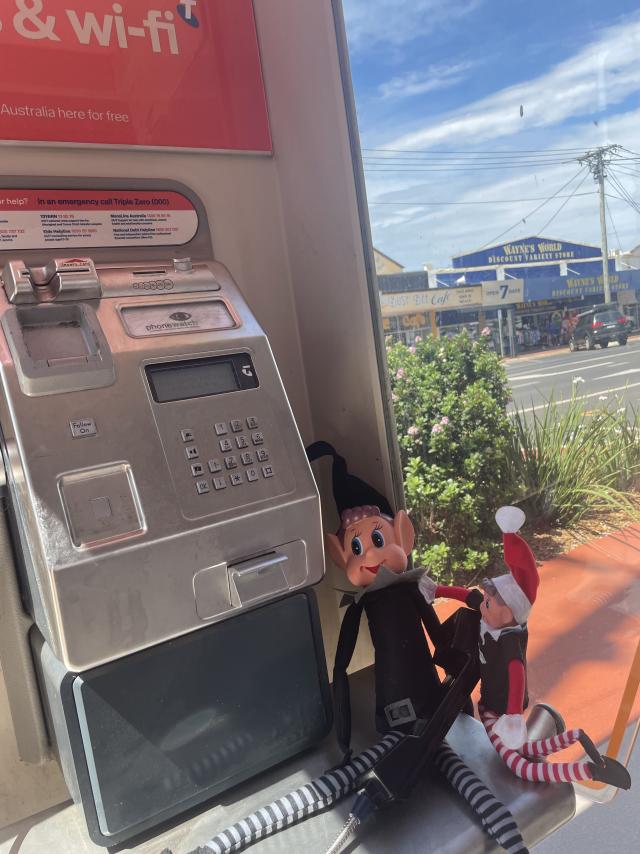By MELISSA MEEHAN
WHILE the wreckage has been removed, houses rebuilt and blackened trees taken over by new growth – the aftermath of the Black Saturday still sits heavily on those who survived.
Stories of those still struggling to cope filter through the towns affected by the devastating fires – some even whisper about those who have taken their own lives.
It is clear that while physically the towns are slowly rebuilding, rebuilding the lives of those people personally affected will take much longer.
Recent reports in metropolitan media described four suicides in Kinglake in as many months.
Stories like these have led the University of Melbourne to undertake a long term study into the health and wellbeing of community members affected by the 2009 bushfires.
The study aims to capture the diverse experiences felt by those in each of the communities affected by the blaze – including those directly and indirectly affected by that tragic day.
They plan to speak to participating individuals three times over the next five years – now, again in two years and again in another two years to monitor the impacts.
Some participants have already been targeted for inclusion and other interested people are very welcome to join this ongoing study.
Dr Lisa Gibbs said it was expected the results of the study would help shape the way both government and communities look at providing help to those affected in similar natural disasters.
“We hope to establish some mental health and well being strategies that individuals, communities and agencies can rely on if they ever face future natural disasters again,” Dr Gibbs said.
“Our point of difference from other studies that have looked at the impact of disaster on individual mental health and post traumatic stress disorder is our long-time trajectory and emphasis on the connection between individual and community recovery.”
Dr Gibbs said she was particularly interested in how the community came together in its time of need and to look at the positives, like community resilience, which come from adversity.
However, she said it was also interesting to see how the whole affects the individual.
“People often see the rest of their community rebuilding and set themselves goals that they believe will make their lives ‘normal’ once again,” she said.
“But they move into the house they have rebuilt and feel like it’s not home, that having a house isn’t making them feel ‘normal’ and not knowing what to do.
“This is where our study can say while disaster brings a community together, it can also alienate those who are not coping, or moving at the same pace, as well as others.”
Areas included in the study cover those living in these areas now and during the fires at Dixons Creek, Kinglake, Narbethong, Buxton, Eildon, Steels Creek, Marysville and Taggerty.
For more information about the voluntary study go to www.beyondbushfires.org.au or phone 1800 020 727.
If you or a family member need immediate support related to a personal crisis, please call Lifeline on 131114 or visit http://www.lifeline.org.au/on or www.beyondblue.org.au
Study tracks human response to disaster
Digital Editions
-

Chery Omoda musical chairs
It’s getting quite difficult to keep track of the constantly evolving brands and sub-brands within the giant Chinese Chery group. The most recent development is…





